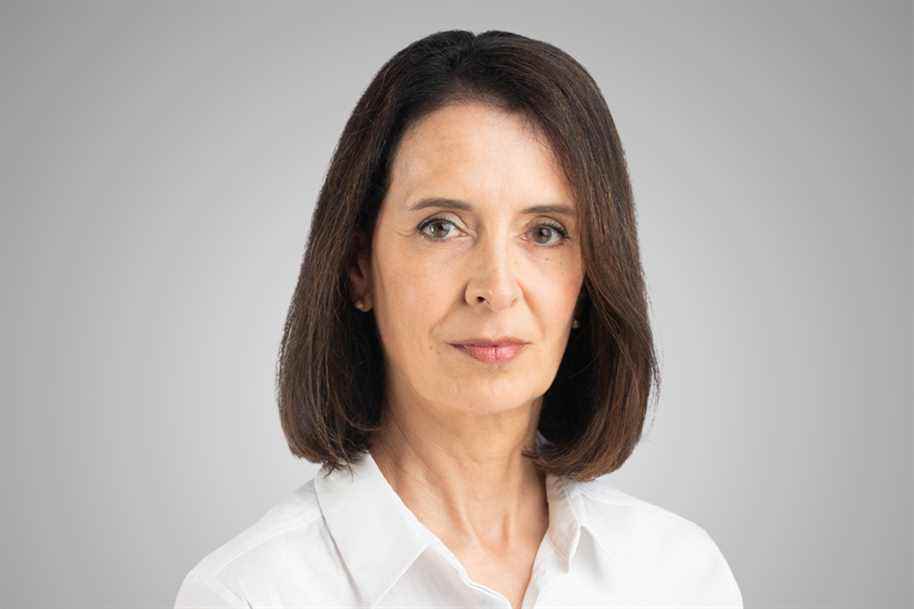Thomas Trudel is dead, assassinated a few steps from his house. His family is destroyed, his friends are in mourning, his neighborhood is on its knees. Two other young people, Meriem Boundaoui and Jannai Dopwell, have been killed in Montreal since the beginning of the year.
There has been a lot of talk about gun control over the past few days. We are also demanding more severe penalties. These are excellent solutions that must be implemented without delay. And which, we hope, will not be the subject of another quarrel between Quebec and Ottawa. There are lives at stake.
But these solutions will not be enough. Last Tuesday, the head of the Montreal Police Department, Sylvain Caron, launched a cry from the heart: Why do young people get guns?
This is the question we must ask ourselves today.
Specialists who have knowledge of the field suggest a first answer: young men get weapons first to protect themselves. A gun or a knife gives them a sense of security. They arm themselves, lest other young people, also armed, attack them. It’s the egg or the chicken.
So we come back to the original question. What draws young men to worlds that glorify guns and violence? How to replace harmful models with more positive images of masculinity and virility? Everyone would like a solution that boils down to one paragraph. But the reality is more complex.
What we do know is that we have to start by targeting young people in difficulty. However, the programs intended for them lack the means. In the field, community organizations devote too much energy to seeking funding when they have to take care of young people. Stable and recurring funding would allow them to keep their staff and do their jobs rather than filling out forms.
Community groups are a crucial cog in the fight against youth violence. But it is not the only one. For an intervention to work, it is necessary to weave a web, involve parents, teachers and community leaders.
Several studies have looked at the effectiveness of prevention programs. In one of these studies *, carried out in the United States, we observe that a targeted approach involving all stakeholders in the field gives convincing results. It is written in black and white, with supporting statistics.
Read the study on programs
The police are of course part of the equation. But we must think about the modalities of the intervention before flooding a district with patrollers. The police presence must be planned in concert with the community so as not to have the opposite effect to that sought. Badly deployed, it could amplify the feeling of insecurity by sending the message that the neighborhood is dangerous. And therefore, encourage young people to arm themselves more.
The same study also shows that it is necessary to approach young people in difficulty with a broad vision. In what environment do they live? Are there any conditions of abuse or domestic violence? Problems of delinquency or criminality among siblings? In short, we must consider the whole picture in order to better surround the young person and offer him the appropriate services. In an ideal world, we follow the vulnerable young person step by step. And we don’t let go.
But to get there, you have to invest as much money in prevention as in repression. Who will have the political courage to do so? For now, investments are imbalanced. Almost all the money is directed towards repression, more visible and spectacular. Education and prevention work underground and take time. But their impact lasts longer.
Along with the programs aimed at young people in difficulty, we must give people in the most disadvantaged neighborhoods of Montreal a sense of pride, flood them with beauty, greenery, sports facilities and cultural infrastructure.
It is not by saying that we no longer recognize Montreal, as Premier François Legault said, that we will help communities struggling with violence. It is by giving them the means to cope with the situation. The people of Saint-Michel (and of Montreal-Nord and Côte-des-Neiges) have nothing to do with our judgment or even our tears. They need our financial and logistical support. They need to know that they are not alone in solving all the problems.
They say it takes a village to raise a child. This is especially true when a child is likely to fall. Because a community is as strong as its weakest citizen.
This Saturday, the Saint-Michel Youth Forum is organizing a mobilization march in the streets of the district. It would be quite a signal if elected officials from all political horizons participated. This signal would be even stronger if parents from everywhere – Outremont, Brossard, Laval, Dorval – joined them. In solidarity with the parents of young Thomas Trudel, of course. But also of all the families who need to know that we will be there for them. Whether their child is named Thomas, Meriem or Jannai.
What do you think? Express your opinion
